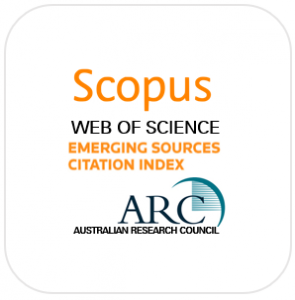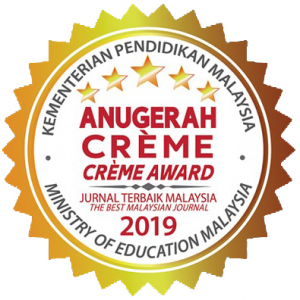ABSTRACT
Siem Reap/Angkor Archaeological Park is a United Nations Educational, Scientific and Cultural Organization (UNESCO)-recognised World Heritage site since 1992 and is a large operational site of enormous religious, cultural and economic importance as it generates revenue from tourism. Increased tourism has negatively impacted not only the environment but also social, cultural and economic circumstances, presenting a complex challenge for communities and policy makers. Additionally, urban expansion has stressed water resources and increased waste, adversely impacting the lives of communities and potentially threatening the Angkor temples, which are dependent upon the natural hydrological system to support these structures. Communities value the opportunities created by the tourism sector but are experiencing disenfranchisement from the policy making processes. Due to the heavy reliance on the revenue generated from tourism, policy makers are under pressure to increase tourism whilst also challenged with maintaining the supporting infrastructure. This paper examines public policy frameworks in Cambodia and argues that sustainable livelihood, tourism, environment, water and waste management are interconnected and require better community engagement in public policy making processes. The paper employs a qualitative research method and has incorporated the perspectives of policy makers and local communities in Siem Reap/Angkor. It concludes that policy makers need to incorporate the concerns of local communities, as tourism cannot be developed in isolation given its links with local livelihoods, and urgent attention is required to better manage services needed for locals and tourists.
DOWNLOAD

